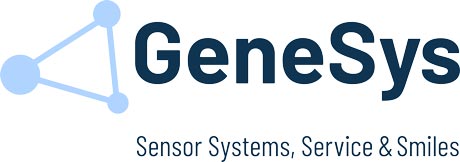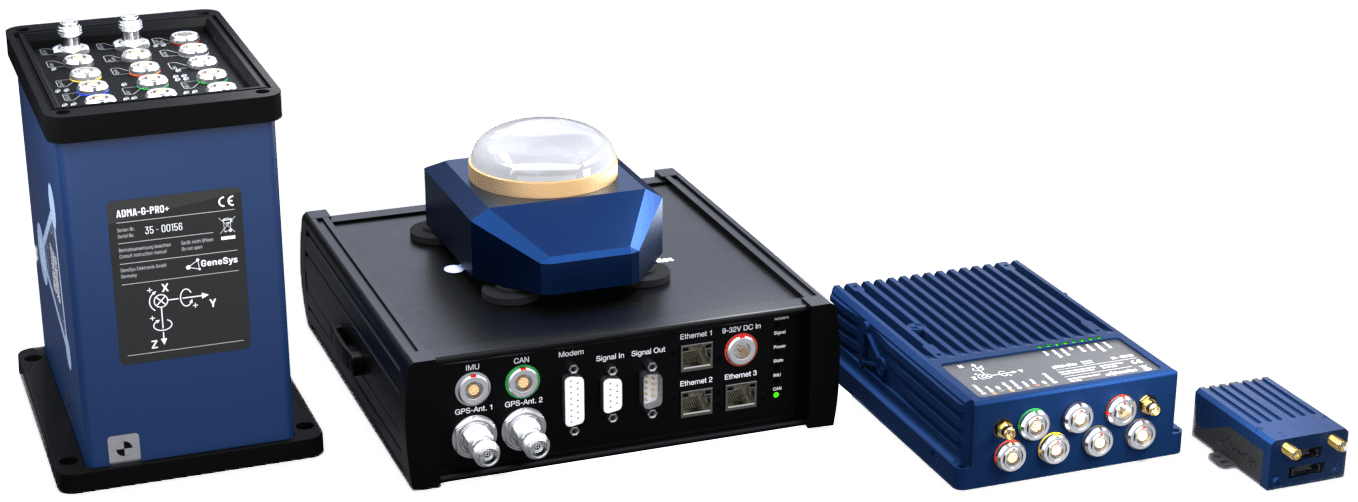Abstract
The trend towards autonomous driving and the continuous research in the automotive area, like Advanced Driver Assistance Systems (ADAS), requires an accurate localization under all circumstances. An accurate estimation of the vehicle state is a basic requirement for any trajectory-planning algorithm. Still, even when the introduction of the GPS L5 band promises lane accuracy, coverage limitations in roofed areas still have to be addressed.
In this work, a method for high precision indoor positioning using a LiDAR is presented. The method is based on the combination of motion models with LiDAR measurements and uses infrastructural elements as positioning references. This allows estimating the orientation, velocity over the ground, and position of a vehicle in a Local Tangent Plane (LTP) reference frame. When the outputs of the proposed method are compared to those of an Automotive Dynamic Motion Analyzer (ADMA), mean errors of 1°, 0.1 m/s, and 4.7 cm respectively are obtained. The method can be implemented by using a LiDAR sensor as a stand-alone unit. A median runtime of 40.77 μs on an Intel i7-6820HQ CPU signals the possibility of real-time processing.
1. Introduction
Important trends of the automotive industry are ADAS and autonomous driving. For both cases, certain tasks are already implemented in production vehicles, such as lane-keeping assist or autonomous emergency braking. However, there is continuous research interest in driving functions, such as autonomous parking. Considering that vehicle state estimation is a primary requirement for vehicle trajectory-planning, there is a need for accurate positioning systems.
Nonetheless, even when the introduction of the GPS L5 band and other highly accurate satellite positioning systems promise lane accuracy, the coverage limitations are still present. Roofed areas (such as tunnels or multi-story parking lots), urban and natural canyons are still weak points of satellite navigation. This creates a need for accurate Indoor Positioning Systems (IPSs).
Another motivation for using IPSs is the need of creating artificial environments for sensors or vehicle-functions testing. For example, one might want to create a reproducible environment that affects the vehicle sensors, in order to test their performance.
Yet another highly relevant application of high accuracy IPSs is to serve as a reference for evaluating other navigation or positioning systems. As stated above, current SatNav reference technology is not available in roofed areas, such as enclosed test facilities. A highly accurate IPS has the potential of substituting SatNav reference systems for indoor applications.
In this work, a theoretical and experimental approach is taken for creating a method for an IPS that has high accuracy. The accuracy is computed by comparing the outputs of the proposed method with those of an ADMA-G-Pro+. This Inertial Navigation System (INS) integrates servo-accelerometers and optical gyroscopes and gets correction data from a SatNav receiver with Real-Time Kinematic (RTK).
This paper makes the following contributions: It shows 1) the detailed mathematical procedure for projecting the measurements of an Inertial Measurement Unit (IMU) on the Local Tangent Plane (LTP), 2) the detailed mathematical derivation of a novel, robust, highly accurate LiDAR-based Positioning Method (LbPM), 3) a benchmark of the proposed method against an ADMA-G-Pro+, 4) indoor testing of the proposed method, and 4) runtime measurements of the proposed method.
The paper is structured in the following manner: first, a brief overview of the state-of-the-art of indoor positioning is given. Then, the mathematical derivation of the proposed algorithm is shown. Afterward, an accuracy benchmark of the proposed method is made and indoor testing is shown. Finally, conclusions and future work are addressed.



